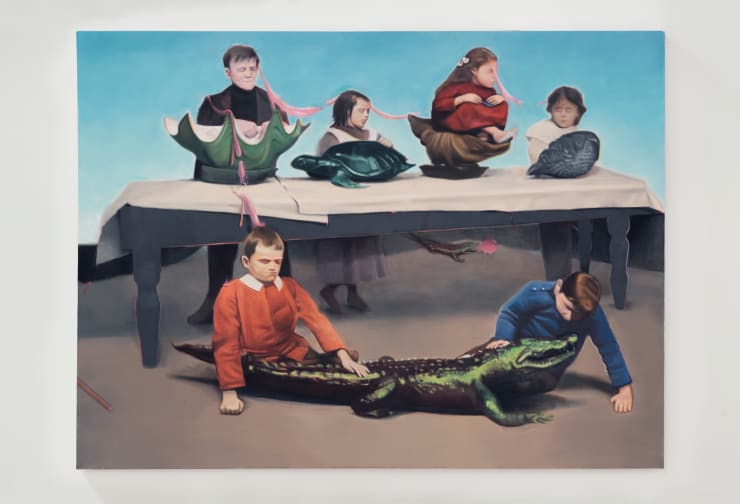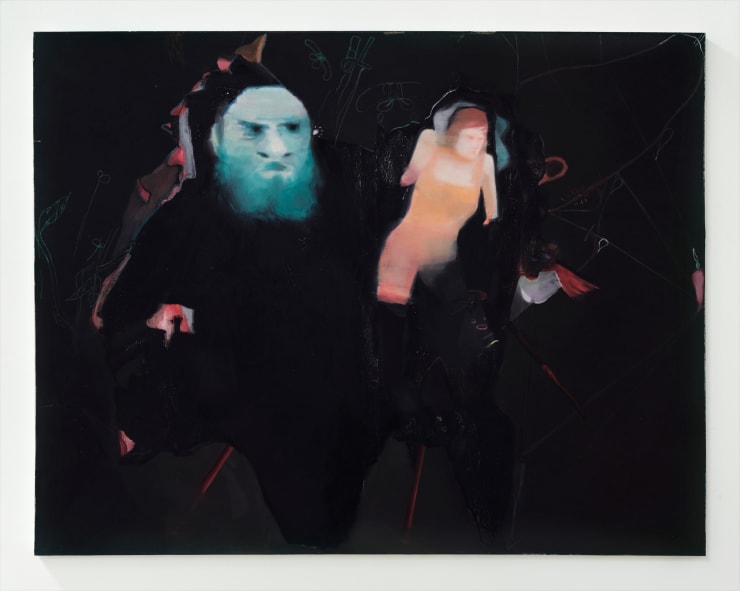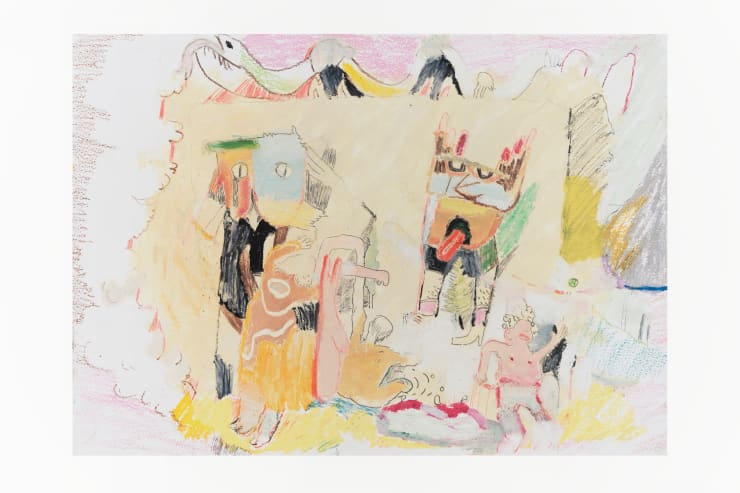Rafael Carneiro Brazilian, b. 1985
Overview
1985, São Paulo, Brazil. Lives and works in São Paulo, Brazil.
Technical rigor is one of the main characteristics of the work of Rafael Carneiro, who over the years has been transforming within painting. The transcription of images to the canvas has become, in and of itself, the main thematics of his work, which seeks to avoid the formal commitments and labels proper to painting in order to approach the complex world of the images of culture and the collective imaginary. The meaning of the figures used by the artist is diluted by the technique he uses, which decontextualizes, reconfigures and resignifies, through the breaking of their integrality, subtracting and adding new elements, in order to compose more complex narratives. To this end, Rafael Carneiro uses a vast private collection of images, which he freely articulates with various forms of composition, through an organic creative process that often includes music.
Biography
1985, São Paulo, Brazil. Lives and works in São Paulo, Brazil.
Technical rigor is one of the main characteristics of the work of Rafael Carneiro, who over the years has been transforming within painting. The transcription of images to the canvas has become, in and of itself, the main thematics of his work, which seeks to avoid the formal commitments and labels proper to painting in order to approach the complex world of the images of culture and the collective imaginary. The meaning of the figures used by the artist is diluted by the technique he uses, which decontextualizes, reconfigures and resignifies, through the breaking of their integrality, subtracting and adding new elements, in order to compose more complex narratives. To this end, Rafael Carneiro uses a vast private collection of images, which he freely articulates with various forms of composition, through an organic creative process that often includes music.
Rafael Carneiro holds a BA in visual arts from ECA USP. His works have been shown at many institutions including the Centro Cultural Banco do Brasil, CCBB-DF and RJ (2019); the 33rd Bienal de São Paulo (2018); the Pinacoteca de São Paulo (2017); the Caixa Cultural Rio de Janeiro (2017); Instituto Tomie Ohtake, São Paulo (2016 and 2013); the Paço das Artes, São Paulo (2014); the Festival Sesc_Videobrasil, São Paulo (2013); Itaú Cultural, São Paulo (2011); the Centro Cultural São Paulo (2009 and 2006); and the Centro Universitário Maria Antonia, São Paulo (2005).
Works





















